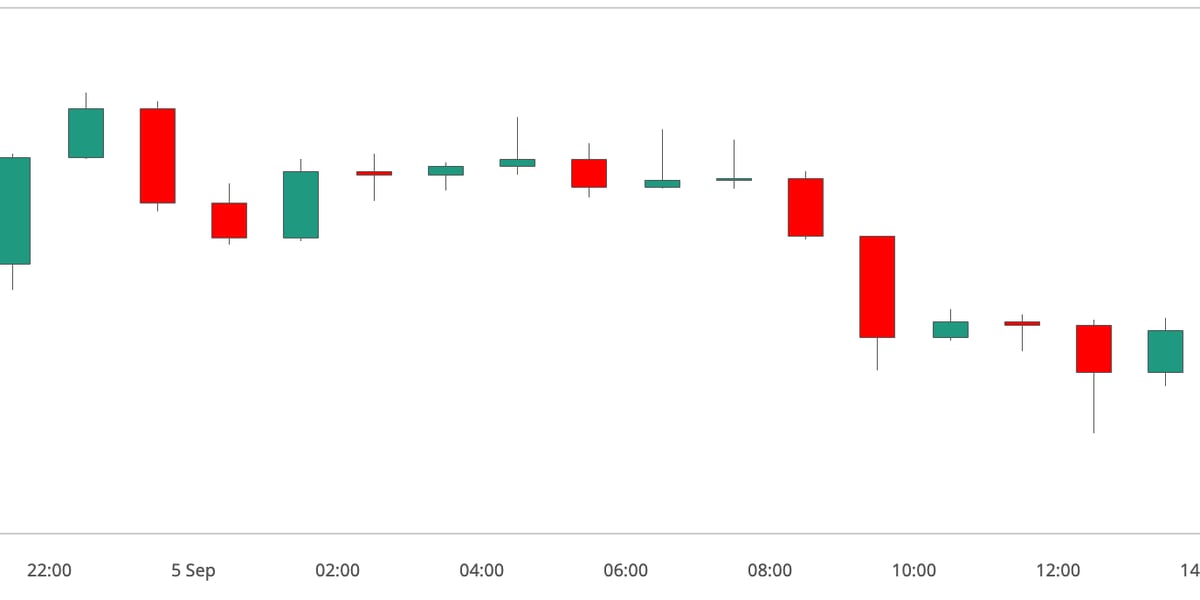Coinspeaker
Xiaomi Rolls Out New Operating System HyperOS to Revolutionize User Experience
Chinese smartphone maker Xiaomi has announced the launch of its cutting-edge operating system HyperOS after five years of dedicated hard work and research.
The new OS, unveiled Thursday during the company’s launch event theme “Leap Beyond the Moment”, will debut alongside Xiaomi’s upcoming range of smartphones, wearables, and TV sets on October 31.
Xiaomi’s New Operating System HyperOS to Be Available Xiaomi 14 Series
In an official announcement on October 26, the company said the new operating system is designed to power its smart ecosystem of personal devices, cars, and home products.
Furthermore, the firm disclosed that HyperOS was built upon four major goals:
- Low-level refactoring
- Cross-end intelligent connectivity
- Proactive intelligence
- End-to-end security
With these innovative features, Xiaomi’s HyperOS promises users a brand-new experience. By seamlessly integrating Linux with their in-house Vela system, Xiaomi is determined to provide a smooth and responsive performance with the HyperOS, setting a new standard for smartphone operating systems.
The Chinese smartphone maker said the new operating system will be pre-installed on the newly launched Xiaomi 14 Series. Additionally, HyperOS will be pre-installed on its other smart products available in China. Some of the products include the Xiaomi Watch S3, Xiaomi TV S Pro 85″ MiniLED
Xiaomi Builds New OS to Connect All Ecosystem Devices
During Thursday’s launch event, Xiaomi’s founder and chairman of the board Lei Jun said it took approximately 5000 software engineers’ combined efforts to develop the new operating system.
According to him, the company started the development of HyperOS in 2017 to solve the interoperability challenges faced in the Internet of Things era.
With the product now ready to hit the consumer market next week, the company said its primary objective is to connect all ecosystem devices into a single integrated framework.
“Its mission is to unify all ecosystem devices into a single, integrated system framework. Our ultimate goal is to deliver peak device performance, ensure consistent user experience, and facilitate seamless connectivity across all Xiaomi devices,” the company said.
The Chinese smartphone maker described the new operating system as part of its outstanding achievements since its launch in April 2010.
So far, the company has grown from only 100 users over the past 13 years to an impressive 1.175 billion users globally. It also boasts an impressive product catalog of more than 200 categories.
Tech Giants and Their Quest for an Operating System
For years, tech companies have aimed to win over customers with their own operating systems, like Apple‘s iOS and Google‘s Android.
In the race for independence, another Chinese smartphone maker, Huawei, developed its own operating system called HarmonyOS. The move sought to replace the widely used Android system.
Aside from smartphone developments, Huawei’s business offerings extend to laptops, tablets, and even television sets, with plans for integration into electric cars produced by their partners.
The company recently announced that the latest version of its HarmonyOS has already garnered over 60 million users as of September. According to the firm, “HarmonyOS now powers more than 700 million devices worldwide.”
Following the trend, Chinese electric car company Nio has entered the smartphone industry by introducing its customized Android-based smartphone. The new device, tailored to sync with its line of vehicles, marks a strategic step towards deeper integration between smartphones and electric cars.
Xiaomi Rolls Out New Operating System HyperOS to Revolutionize User Experience





